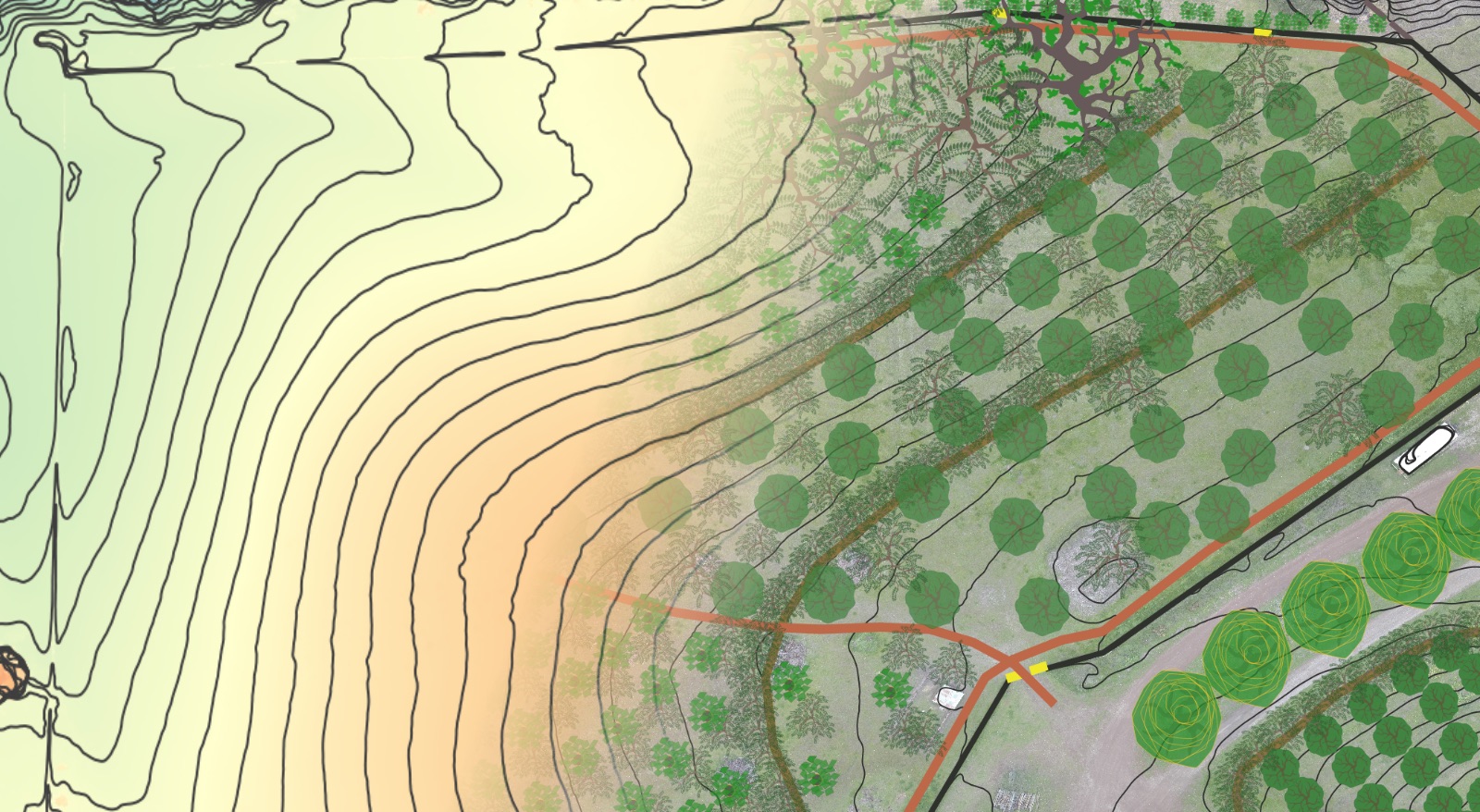Your cart is currently empty!
-
The 4 R’s Of Regenerative Hydrology
Abundant water for ourselves and future generations is achievable. A change in mindset from the dominant water scarcity paradigm to a regenerative water abundance paradigm is required. Following this, we have merely but to apply appropriate techniques to completely and utterly transform our private and shared landscapes. We can do this by designing and implementing…
-
Why We Use Functions-First Design To Create Holistic Ecosystems ~Epi-069
When we design holistic ecosystems, we start with mapping out desired and required functions THEN search for, select and/or design elements/systems that provide those functions in a way that aligns with the site-specific context. This is contrasted with how most people “design” systems – they see an ad or read an article and like the…
-
The 4 Freedoms: Principles For Regenerative Lifestyle Design
The Four Freedoms The Four Freedoms is a framework composed of four mutually-supporting principles that act as the foundation for regenerative and sovereign lifestyle design. While not explicitly mentioned in my consultancy work, these principles do inform my own individual perspective, and inherently undergird the design work I do. I see the Four Freedoms as…
-
The 7th Generation Principle – Designing For Continuity Across Generations ~ Epi-063
In this episode I am sharing what I have come to call the 7th Generation Principle – a principle guide post of sorts that I’ve been refining for nearly 10 years now to help guide my design work (for my own life and for others) in the direction of inter-generational regeneration. Basically, it seems like…
-
The 7th Generation Principle – Designing Ecosystems For Continuity Across Generations
Cover image credit: Schowdhuri, CC BY-SA 4.0 https://creativecommons.org/licenses/by-sa/4.0, via Wikimedia Commons This post details a working principle I’ve been refining since I first published it back in 2014. The guiding statement and ensuing question that led to the development of this principle is this: Humans have at various times and places throughout our history lived…
-
Permaculture Design Principle Deep Dive #12 – Collaborate With Succession ~ Epi-057
Today we discuss permaculture design principle #12 – Collaborate With Succession. The more that we can align our designs, systems and management styles with the inherent successional trends already present in our landscapes, the greater our yields will be with fewer resource inputs required. This is all about energy efficiency, and it starts with OBSERVING…
-
Permaculture Design Principle Deep Dive #11 – Make The Least Change For The Greatest Effect ~ Epi-56
Today we take a deeper look at the 11th permaculture design principle: Make The Least Change For The Greatest Effect. This principle is about economy of effort. When designing a sovereign homestead, we need to make sure that our systems are providing us with not only the right types of yields, but also in sufficient…
-
Permaculture Design Principle Deep Dive #10 – Optimize The Edge ~ Epi-055
In today’s episode we take a deep dive into Permaculture Design Principle #10 – Optimize The Edge. We will discuss: Edge: What is it exactly? The real-world effects of edges in your homestead landscape with regards to energy translation, species diversity and overall productivity. How to manage edge for physical environments/elements to get more of…
-
Permaculture Design Principle Deep Dive #9: Choose Small-Scale, Intensive Solutions ~ Epi-054
This week we look at Permaculture Design Principle #9: Choose Small-Scale, Intensive Solutions. This is all about managing intensively in a small footprint at the start – and expanding what works and changing or eliminating what does not. We’ll talk about the importance of testing your systems before expanding them by conducting Safe To Fail…
-
Permaculture Design Principle Deep Dive #8 – Integrate, Don’t Segregate ~ Epi-053
Today we take a deeper look at Permaculture Design Principle #8 – Integrate, Don’t Segregate. This principle is fundamentally about ‘stacking functions’ – a common term we hear a lot in perma-speak – but what does that really mean and HOW do you go about doing it? We’ll talk nuts and bolts of creating functionally…

